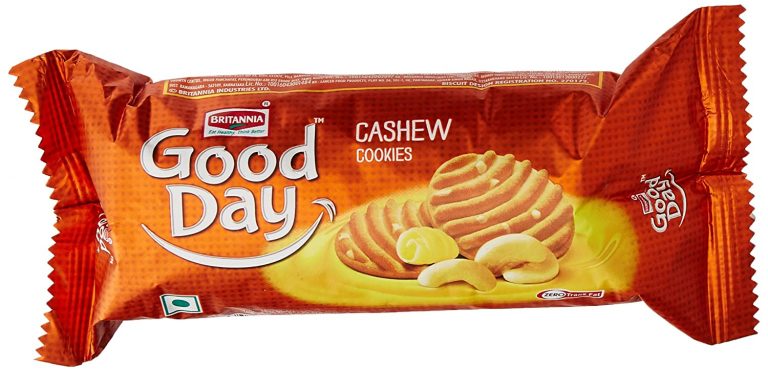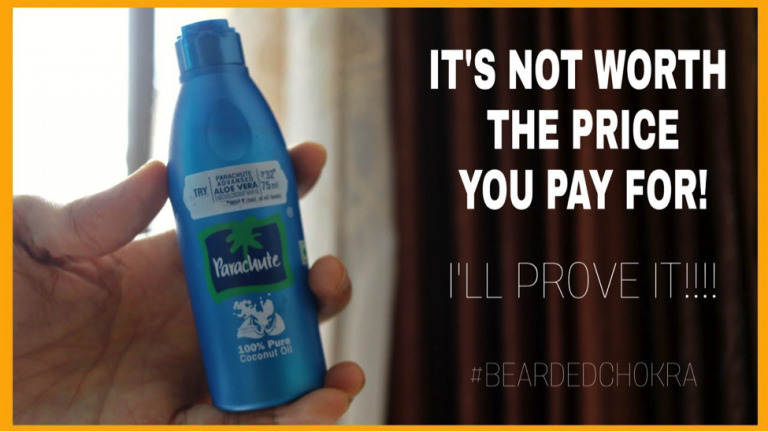Can a perfect wing liner be protected under copyright law?
Intellectual property (IP) protection is important for every industry, even for the beauty industry. First, IP allows you to prevent others from copying your proprietary business information, the intangible assets that you have worked so hard to create i.e from your brand to your secret cosmetic formulations to your novel hair styling devices to your creative logos. In this way, IP is a weapon that can be used to keep competitors at bay.
In India, The Indian Copyright Act, 1957 covers various kinds of works one such being “Artistic Work”. As per section 2(c) of the Act an artistic work includes any painting, sculpture, drawing, engraving, photograph, work of architecture or any other work of artistic craftsmanship regardless of whether the same possesses artistic quality. Also, there is no need to register the copyright once it is created, it will arise the moment a work with original expression of thought is created.
There are some aspects of beauty products that cannot be protected because useful objects themselves are not copyrightable. However, any artistic and original work of authorship that can be separated from the useful aspect of the beauty product, or useful object, is copyrightable. For eg. original artwork on beauty product packaging, or even original artwork imprinted in a cosmetic product may be copyrightable. Even if you have developed a creative and artistic design logo, your logo might be copyrightable.
For eg. Make-up artists do a model’s make-up, and then use images from the shoot without permission. In this case, the photographer who took the photos is usually the copyright holder of those images, so the make-up artist needs the photographer’s permission to use the images in the make-up artist’s portfolio. From this it can be concluded that it’s nearly impossible to get legal protection as a make-up artist, whereas photographers and artists have more rights.
UK law is also similar as far as the requirement of originality is concerned but it differs as to their view on the affixing and permanence requirement for tattoos and intricate make-up. The discussion of permanence boils down to the fact that tattoos can fade or be removed by lasers and make-up is temporary such that the rule on affixing and permanence cannot be met.
Now the Courts have acknowledged that the work of a makeup artist can be copyrighted. One reason that can be noted for not granting copyright to makeup artists is that it is different from other forms of work and is transient. In the sense that unlike say a painting painted on canvas, makeup can be easily washed off. This raises the question of the fixation requirement in copyright law.
What is fixation?
Fixation refers to creating the work or transferring the work into some tangible or material form. From this we can understand that something that cannot be transferred to material form is not considered to be protected by copyright. Fixation is the factor that allows the work to be commercialized, it is the thing that protects the interest of the creator.
It can also be argued that since the work of art is created on a human, which walks around and has a life unlike a painting, sculpture or photograph, copyright protection is extremely complicated. One thing make-up artists can try to do is to get a written release ahead of time. But if Absent a release signed by the original artist, the issue as to who owns the rights to the copyright affixed to a human being gets murky.
There was a US creative Copyright Court case, decided in 2017 by the Supreme Court, which said that, under some circumstances, aesthetic designs can be copyrighted if they’re separate from a useful article. This means that the design itself has to be a unique pictorial or graphic work and must be able to be separated from the article’s practical use. In the case of hair, it’s impossible to separate the hair from the hair design, so you can’t copyright a hairdo. Make-up artists or nail artists may have the ability to copyright a design that they draw on someone’s nails or face, but the design would have to be a specific pictorial or graphic work in and of itself.
A recent appeal case involving copyright legal tussle between the model Sammy Mourabit and photographer Steven Klein with makeup artist Francoise Nars was adjudicated by the United States Court of Appeals for the Second Circuit.
The facts of the case was as follows:
In 2013, Sammy Mourabit, was the makeup artist for the fashion photoshoot organized by W Magazine featuring actress Juliette Lewis. Steven Klein was the photographer at the Photoshoot. In the year 2015, Shiseido collaborated with Klein to create a holiday makeup collection. Shiseido used one of Klein’s photographs from the photoshoot of W Magazine to promote and advertise their new makeup line. Mourabit did not consent to any use of his makeup design in the 2015 campaign and his part in the creation of the makeup design was not mentioned in the campaign. In June 2018, Mourabit obtained a copyright registration for a drawing of the makeup artistry that Lewis showed during the photoshoot and then filed a Complaint against Steven Klein and Shiseido in NewYork before the State Supreme Court alleging Copyright infringement, unjust enrichment, unfair competition/misappropriation and violation of NewYork General Business Law.
The Trial Court rejected Mourabit’s arguments and concluded that the human face was a tangible fixed medium of expression. The Second Circuit, however, ruled that a fixed medium was the photograph of the face containing the makeup artistry and the makeup artistry existed in a photograph. As a result, the makeup artistry was reproduced for more than a transitory period, and it met all the requirements for preemption.
The Second Circuit observed the following:
- To meet the subject matter requirement for preemption a work does not need to be copyrightable, the work must fit in the category of copyrightable works in a broad sense. Copyright Law protects two dimensional drawings, therefore makeup fits into a category of works protected by copyright law in a broad sense.
- Artistic work includes any work of art like paintings, photographs, sculptures of even works of body art like tattoos, and hence the Court is of the opinion that makeup artistry forms a part of “pictorial, graphic and sculptural works” and thus is copyrightable subject. Makeup artistry is like painting a face hinting that like paintings, makeup should also be copyrightable.
So it can be concluded that artwork done by a makeup artist would have to meet the definition of “sufficient originality” to be considered copyrightable. Day to day makeup or even usual makeup for special occasions like weddings, cocktails, etc consisting of general elements like red lipstick or smokey eye for that instance could not be copyrightable. Only the makeup which sets itself aside from generic makeup is copyrightable. One thing is certain that, if your hard work for that one perfect wing liner is “sufficiently original” you might be granted protection under copyright law.
References:
- https://blog.ipleaders.in/all-you-need-to-know-about-copyright-over-makeup/
- https://www.dazeddigital.com/beauty/head/article/42103/1/does-intellectual-property-exist-in-the-beauty-community
- https://www.gcimagazine.com/brands-products/news/article/21848558/intellectual-property-ip-basics-for-beauty-entrepreneurs
- https://www.latestlaws.com/intellectual-property-news/makeup-artistry-is-protectable-subject-matter-under-copyright-law-ruled-the-second-circuit-of-appeals/





